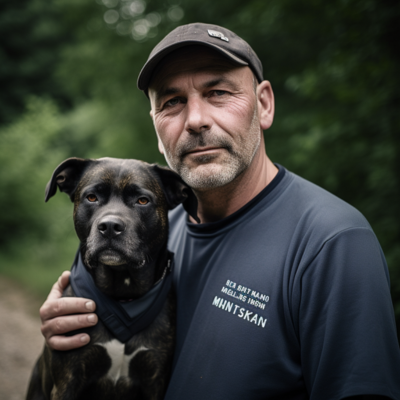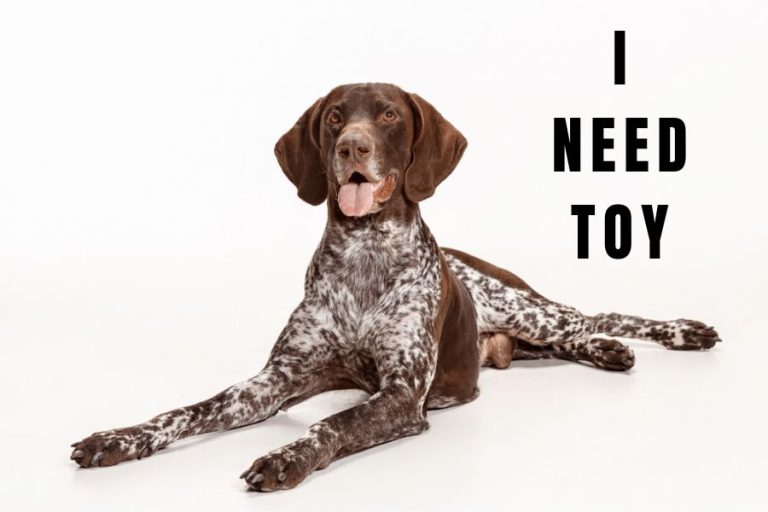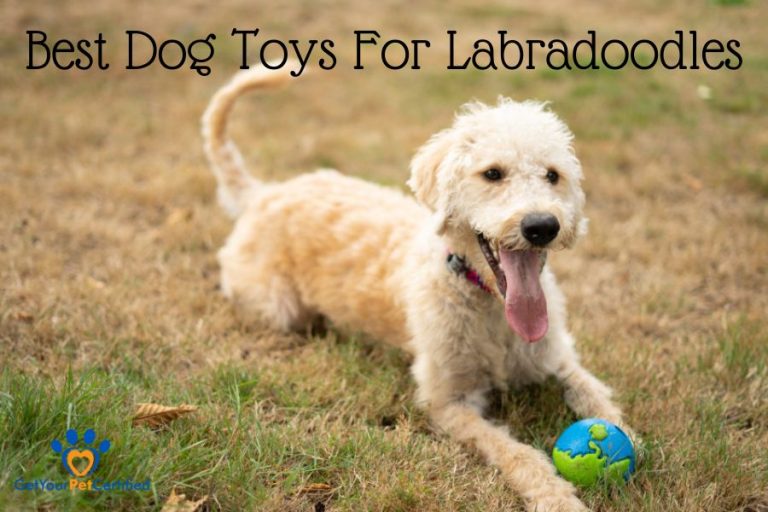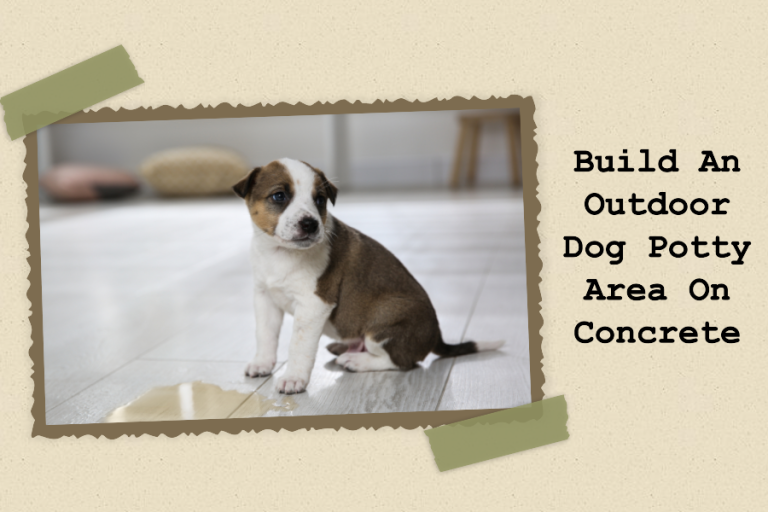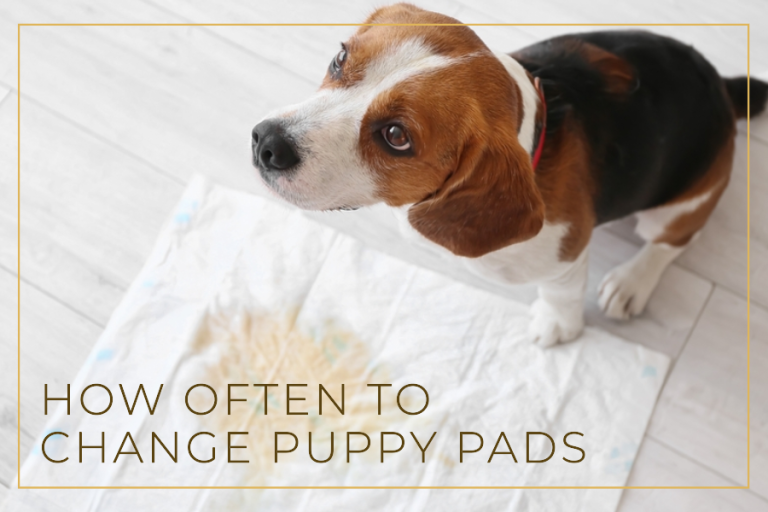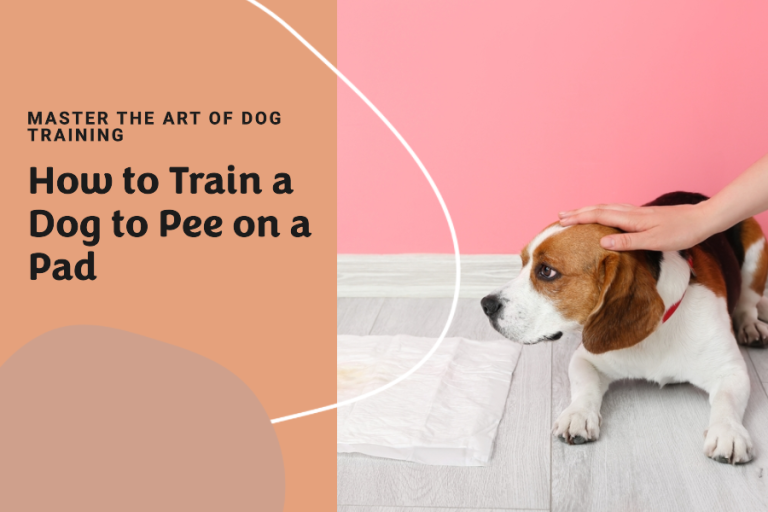What Dog Breeds Have The Most Anxiety?
Unfortunately, many dogs can suffer from anxiety just like humans. From changes in routine, loud noises to separation from their owners, there are various forms of anxiety that can harm our furry friends.
In this article, we can gain a better understanding of these specific breeds’ unique challenges and find out which dog breeds have the most anxiety among all dogs. Then we can discuss what activities and methods we can provide to take care and guide your pet.

Which Dog Breeds Are Most Prone To Anxiety?
Certain breeds are more predisposed to anxiety due to their genetics and breeding history:
Labrador Retrievers
Labs are known to be energetic and social. Therefore, if a labrador is inactive and lacks exercise, they can develop anxiety. Which also makes them prone to separation anxiety.
Dachshunds
Dachshunds are known to be prone to anxiety due to their strong instinctual desire to hunt. They are also prone to separation anxiety due to their attachment to their owners. They can exhibit fear-based anxiety around strangers ( larger dogs) and unfamiliar situations.
Chihuahua
These tiny dogs are known to be very loyal and attached to their owners. Which can result in separation anxiety when their owners are away. Their small size also makes them more likely to be fearful, leading to anxiety about larger dogs or perceived threats.
Bichon Frise
Bichon Frises are very social dogs that enjoy companionship, and tend to be very attached to their owners. If left alone for too long, due to their characteristic of thriving on attention, they can develop separation anxiety.
Border Collies
Known for their high energy levels and intelligence, this breed is often prone to anxiety. Border Collies require lots of physical exercise and mental stimulation. Without these outlets, they may become anxious. They can also show herding behavior, which can often lead to destructive behaviors. if not properly managed.
German Shepherds
German Shepherds are a highly intelligent and active breed, requiring a lot of mental and physical stimulation. If they are not adequately trained or socialized, they can become anxious. This breed can also be prone to separation anxiety due to their loyal nature.
Jack Russell Terriers
These dogs have high energy levels and are very intelligent. They were bred for hunting, they are high-energy dogs that require plenty of stimulation to keep them happy. If they become bored or are left alone for too long, they may exhibit destructive behaviors and become anxious.

Some Of the Most Common Causes Of Dog Anxiety
Anxiety in dogs can be triggered by numerous factors, including:
Separation Anxiety
Estimated to affect around 14-17% of all dogs, this is possibly the most common type of anxiety. It occurs when a dog gets anxious when left alone or separated from its owners. Dogs are pack animals, so it’s natural for them to get anxious when they’re alone.
Approximately 15-20% of dogs may suffer from fears or phobias. Common fears include thunderstorms, fireworks, loud noises, new environments, and specific objects or people. Fear-related anxiety can occur because of a past negative experience or a lack of proper socialization as a puppy.
This affects an estimated 14-16% of senior dogs and is often associated with cognitive dysfunction syndrome (CDS). As dogs age, their cognitive abilities can decline, leading to confusion, memory loss, and anxiety.
Illness or Pain-Induced Anxiety
The prevalence varies widely and could affect anywhere from 10-30% of dogs, depending on their overall health and age. Illness, chronic pain, or drastic changes in physical abilities can cause a dog to be anxious.
Change-Induced Anxiety
The number is variable but could affect around 5-10% of dogs. Major changes like moving homes, new family members (human or pet), or drastic changes in the daily routine can lead to anxiety.
Roughly 5-10% of dogs may experience anxiety around other dogs or people due to a lack of proper socialization or negative experiences in the past.
Confinement Anxiety
This affects a smaller percentage of dogs, perhaps around 2-3%. Some dogs get anxious when confined to a small space or when their movement is drastically limited.
These numbers are estimates as anxiety in dogs can manifest in various ways and be triggered by different circumstances. More importantly, always remember that all dogs can have anxiety.

Signs Your Dog Has Anxiety
It’s essential for dog owners to recognize the signs of anxiety in their pets:
| Sign | Description |
| Excessive Barking | Constant or excessive barking, especially when alone. |
| Panting and Drooling | Increased panting or drooling without apparent cause, particularly during non-strenuous activities. |
| Pacing | Frequent pacing or inability to settle, often in a repetitive pattern. |
| Destructive Behavior | Chewing or destroying furniture or other household items, often in the owner’s absence. |
| Aggression | Growling, snapping, or biting, often directed at humans or other animals. |
| Changes in Body Posture | Low body or tail, flattened ears, and avoidance of eye contact, often signaling fear or distress. |
| Changes in Appetite | Loss of appetite or excessive eating, sometimes leading to weight loss or gain. |
| Compulsive Behaviors | Repetitive behaviors like excessive licking or chewing, often focus on themselves. |
| House Soiling | Urinating or defecating indoors despite being house-trained. |
| Unusual Restlessness | Difficulty settling, constant movement, and an inability to relax. |
| Excessive Whining or Howling | Continual or excessive whining or howling, often when separated from the owner. |
How To Help Your Dog With Anxiety
Here are some real-life experiences that people have used to help their dogs with anxiety.
ThunderShirt
A Chihuahua owner reported that their dog was terrified of thunderstorms and fireworks. They found success using a product called a ThunderShirt, a snug wrap that provides gentle, constant pressure to the dog’s body, creating a calming effect similar to swaddling an infant.
Hiking Regularly
One dog owner found that their high-energy Border Collie became less anxious when they began going on long hikes in the woods. The dog benefited from the exercise and the constant mental stimulation of a changing environment, which helped to reduce their anxiety levels.
Routine and Familiar Environment
A family with a German Shepherd prone to separation anxiety established a consistent routine and created a safe space for their dog. They made sure to feed, walk, and leave the dog alone at home at the same times each day, and created a comfortable area with the dog’s favorite bed and toys where the dog could feel secure when home alone.
CBD Products
Some dog owners have found that CBD (cannabidiol) products help soothe their dogs’ anxiety. One example is a Labrador Retriever with severe noise phobia, which was somewhat alleviated with the use of CBD oil. It’s crucial to consult with a vet before giving your pet any new supplements or treatments.
Enrichment Toys
A Dachshund suffering from separation anxiety became less destructive when left alone after the owner introduced puzzle toys filled with treats. These toys provided distraction and mental stimulation for the dog when the owner was away.
Suggested article : Best dog toys for Hyper Dogs
Professional Training
A couple with an adopted rescue dog who was extremely fearful of strangers enlisted the help of a professional dog trainer. The trainer helped them slowly desensitize the dog to strangers in a controlled, safe environment and taught them techniques to use when introducing the dog to new people.
Medication and Behavior Modification
An owner of a senior dog with age-related anxiety had success with a combination of medication prescribed by a vet and behavior modification techniques. The medication helped to reduce the dog’s overall anxiety levels, and the owner worked on behavior modification techniques to help the dog better cope with stressful situations.

